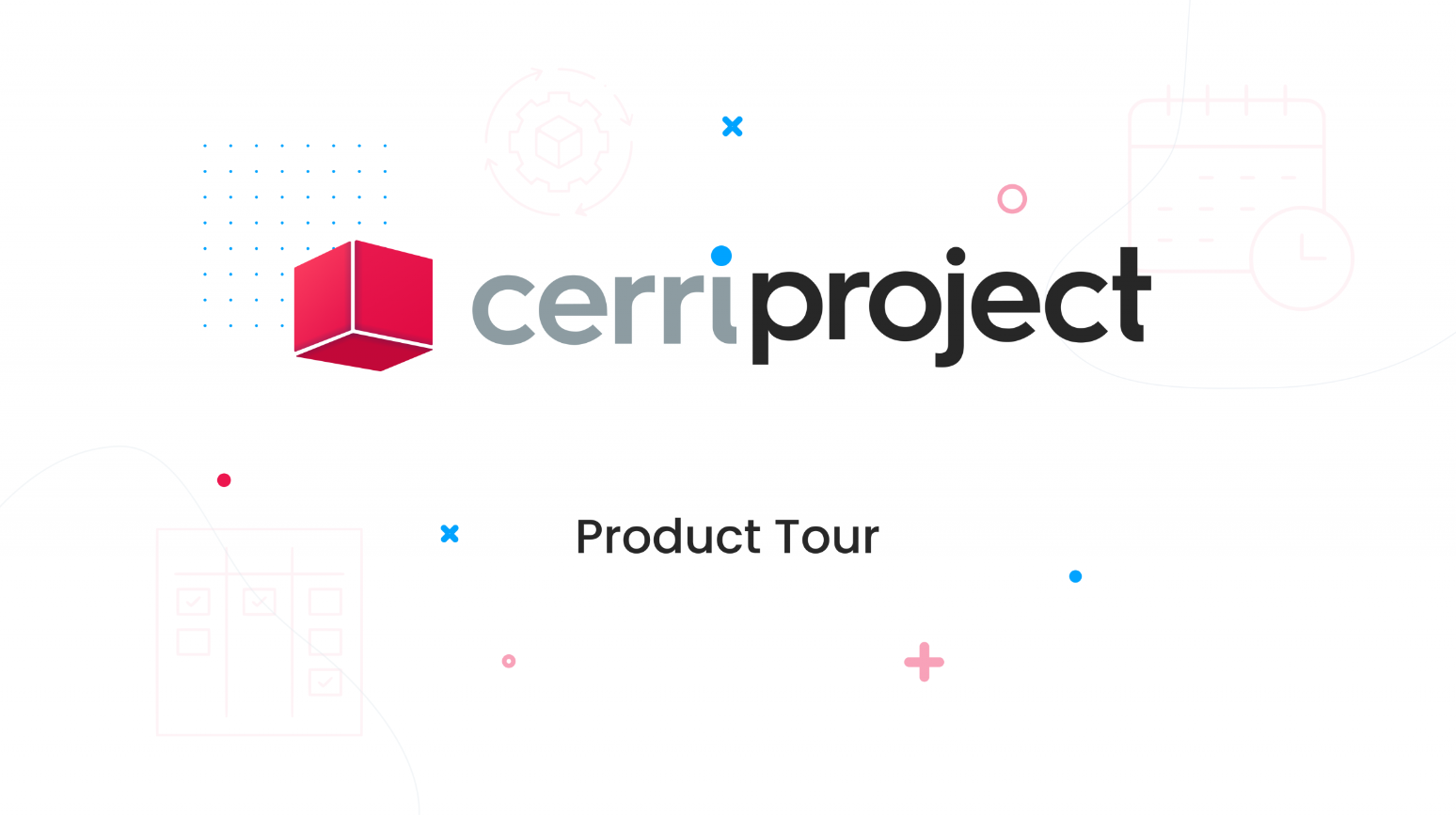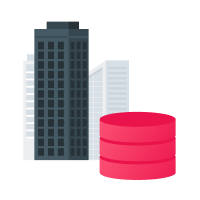
Project Management Software For Results-Driven Enterprises
Cerri Project offers a powerful yet flexible enterprise project management software that is tailored to your specific needs and own internal processes.
Book a demo











Align your projects with corporate strategy
With Cerri Project’s enterprise project management capabilities you can drive your strategic business initiatives to success through better informed investment decisions, optimized resource allocation and monitored project execution.

Strategic Project Portfolio Management
Have visibility ahead of time
Maximize your ROI with the right mix of projects and manage your pipeline of project requests, ideas and opportunities according to strategic alignment and constraints.
Learn more

Advanced Project Planning, Management and Execution
Manage projects from A to Z
Manage projects through their entire lifecycle starting from scratch or predefined templates to defining project charter, planning activities with a powerful Gantt chart, managing resources, capturing budgets and costs, and storing documents.
Learn more

Risk & Change management
Stay in control of the uncontrollable
Respond to change as an inevitable occurrence in all projects and control how you manage it and what risks to take and how to mitigate them.
Learn more

Phase-Gate Support
Reduce time to market for your new product development projects
Better manage and prioritize product ideas, ensure that your best resources are working on the most promising projects, and facilitate the delivery of your projects on time.
Learn more

Workflow Management
Map your business processes to your workflow
Support your work process with workflows available across the system that can be designed for strategic activities including document review, requests, milestones, risks, changes and issues, timesheets and expense reports, and more.
Learn more

Reporting
Make better decisions with timely and accurate information
Access over 500 pre-canned views, drill down charts and dashboards shipped right out of the box including 360 degree views of your project information.
Learn more
Flexible Hosting
Select the hosting method that meets your organization’s project data security requirements.

Private Cloud
Benefit from top-tier privacy and cloud security for your project data with the exclusivity of a dedicated instance, free from shared spaces.

On Your Server
Install Cerri Project software on your organization’s secure network, behind its firewalls, for exclusive data control and unmatched data security.
Cerri Project empowers companies and users worldwide to be more productive and efficient.
500+
Customers
97%
Success rate
35+
Countries
We deliver industry solutions right out of the box.
Cerri Project enterprise project management software supports different industries delivering better collaboration and visibility across project activities, portfolios, resource utilization and documents facilitating the tracking and reporting of project progress and costs.
New Product Development
Mapped to your organization’s business processes, Cerri Project’s workflow engine enables configurable phase-review processes and project documentation, tracking new product development projects from ideation to commercialization.
Improve project portfolios, projects and resource visibility
Reduce time to market Improve quality management & assurance
Ensure compatibility with industry processes and standards
Learn more
IT Departments
Tailored to your organization’s business processes, Cerri Project provides complete visibility into your project and portfolio lifecycles from demand to successful delivery.
Improve portfolio, project and resource visibility
Streamline project demand
Improve quality of service
Ensure projects are strategically aligned with corporate objectives
Support IT Governance
Learn more
Professional Services
In line with the unique requirements of this industry, Cerri Project helps you leverage the experience and knowledge of your resources in order to build, cultivate and maintain strong client relationships.
Improve portfolio, project and resource visibility
Improve visibility into billable activities and internal costs
Improve quality of customer service and (SLAs)
Ensure projects are delivered on time and within budget
Learn more
Solution benefits that go beyond a range of features


Flexible hosting
Cloud-based or on your server; hosted in our data centers or managed on yours.
Learn more


Easy deployment
Guided deployment from start to finish and adapted to your industry.
Learn more


Limitless integrations
Integration available with all enterprise applications thanks to an Open Rest API.
Learn more


Top security
Enterprise grade security for maximum uptime and data protection.
Learn more


Tailored customizations
Out-of-the-box features are designed to map to your business process needs.


Scalability and adaptability
Adapts and supports your organizational business structure no matter the size or complexity.







 Task Management
Task Management 















 Customization
Customization
